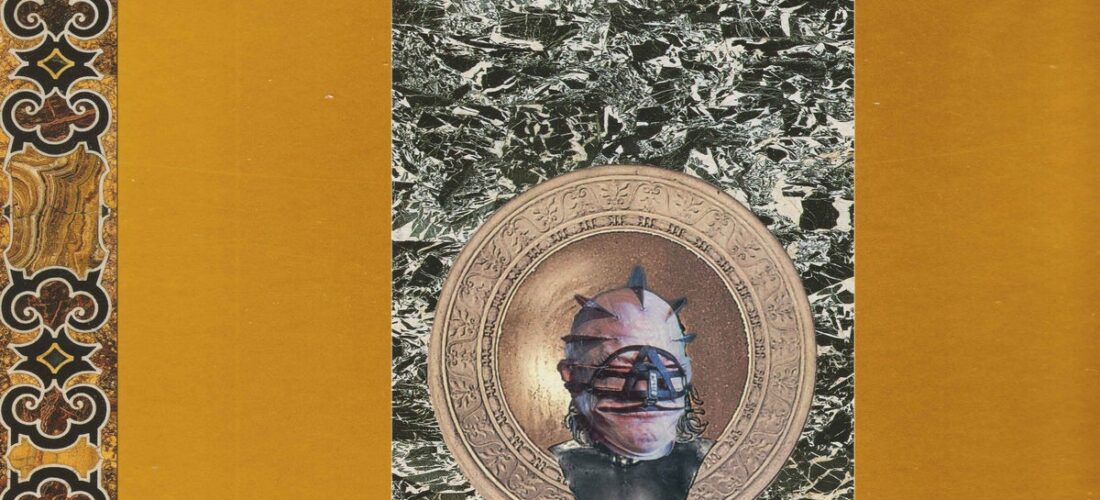“World-building” is too pat a phrase to describe what Spencer Clark does. Ever since the mulched hypnagogia of his duo the Skaters, with James Ferraro, the California native has been tearing open rifts to the kind of dimensions you usually only read about in pamphlets about lizard people, or find tucked away in the occult section of old VHS stores. Unlike the new-age music Clark’s albums sometimes invoke, his vision of utopia has more to do with Jon Hassell’s extraterrestrial landscapes than with crystals or incense. Like his old bandmate, Clark is entrenched in the psychedelia of plastic pop culture, but where Ferraro spent the ’10s diving deep into the emptiness of smartphone sterility, Clark took a more colorful path. Stitching together childhood memories of dozing off at the San Diego Zoo with half-remembered dreams of ’80s curio kitsch, Clark creates Frankenstein monsters of collagist, tropical synesthesia unlike anything else in noise music.
Though Clark has always toiled away more or less in obscurity (almost willfully so, as he adopts and discards aliases at the drop of a hat—Monopoly Child Star Searchers, Fourth World Magazine, Vodka Soap, and Typhonian Highlife only begin to scratch the surface), a handful of his records have stood out. Released in 2014, Pinhead in Fantasia brought an operatic grandiosity to his smeared keyboard hallucinations and became one of his most acclaimed releases. Around the same time as Pinhead in Fantasia, Clark utilized many of that album’s textures and samples in an even more baffling endeavor: a massive, four-disc behemoth titled H.R. Giger’s Studiolo, issued under the Typhonian Highlife moniker. Inspired by a trip to the H.R. Giger Museum shortly following the Swiss artist’s death, Clark left feeling disappointed by what he saw and decided to record his own exhibit of perverse, biomechanical sound objects to match the fantastical monstrosities he pictured in his head. The resulting album represents some of the deepest, most unwieldy music of Clark’s career. Remastered and condensed here into a friendlier 2xLP set, H.R. Giger’s Studiolo Vol. 1 & Vol. 2 offers a more welcoming peek into a freewheeling visionary of the DIY era working at his most far-fetched.
Clark’s palette throughout H.R. Giger’s Studiolo is rich with uncanny detail: bongo drums mapped to keyboard samplers in order to play at dizzyingly nimble speeds; pitch-shifted vocals looped and distorted until they sound like the echolalia of an amphibious alien species; dinky harpsichords dancing as if accompanying some loony royal procession. Befitting its industrial theme, however, H.R. Giger’s Studiolo drips with a dank, dungeon-dwelling horror. “Giger’s Bust of Mantegna” moves with the slithery menace of an anaconda, Clark’s clickety percussion drip-dropping all over his ballooning B-movie drones. On “Flesh Ribbons Streaming Water Spiders,” high-pitched wails materialize like imprisoned wraiths crying to be freed from their cages. It’d all seem macabre if it didn’t come across like the soundtrack to the most bugged-out haunted house you’ve ever set foot in. As tracks like “Aquatic Flush of Harpishord Vacui” swell with proggy keyboard solos and opulent timpani rolls, Clark’s mutilated world hums with energy both majestic and hilarious.
